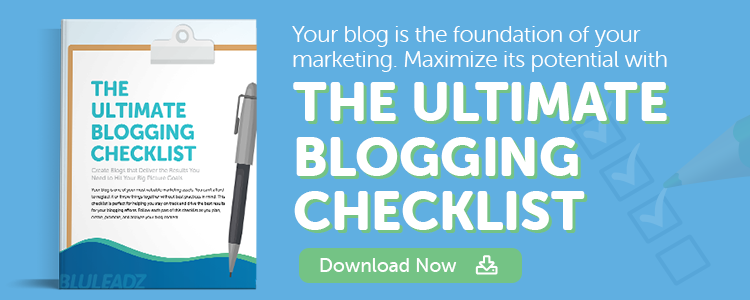Today’s web is a visual medium, and your content should reflect that.
People love stories, and they especially love stories lavishly told with beautiful visuals. Visual storytelling helps reinforce your message while making it more exciting and relatable.
When you combine a strong hook, sparkling writing, and visual storytelling, you get content that’s more likely to inspire action. People will be eager to share your work, too.
So, how can you make visual storytelling count for your web content?
Follow these 11 rules to make a remarkable impression.
1. Show, Don’t Tell

This is the most important element of all storytelling, not just content or visual storytelling. You want to pare down your text to the bare essentials and let your sumptuous visuals speak for themselves. A picture is worth a thousand words, so let each say as much as it can.
2. Portray Dynamic Movement
The human brain is always tuned in to movement. Movement denotes change, and the brain always evaluates whether change is good or bad. While video is a terrific way to add movement, dynamic photography can do the same. So can animated GIFs – they give a fun flair.
3. Tell a Whole Story
Beginning, middle, end. All the best forms of web content tell a story. Some thought leadership content, like case studies, hew closely to this formula. If you’re going to deviate, be sure you do it with a great purpose in mind: Otherwise, tap the storytelling instinct with a familiar structure.
4. Use Heroes
In landing page design, marketers are always talking about “hero shots.” What hero conveys here is the human connection readers can relate to. Why should the reader care about your story? How can they see themselves in your heroes? Build a narrative around that emotional impact.
5. Remember Visual Hierarchy
Visual hierarchy is just as important in visual storytelling as it is in your user experience design. To make a long story short (hah!) the most important items should be closest to the top of the screen and, generally, they should also be the biggest items that the user can see.
6. Use Light to Your Advantage
No matter the color palette that a scene might be in, people are keyed into the idea that darkness conveys mystery and danger. Brightness, on the other hand, offers both safety and a sense of significance. As you present the conflict or antagonist, use shadows or muted colors.
7. Build Scenes with Color Psychology
Colors offer tremendous expressive opportunities. The best visual storytelling comes when you plot out each “shot,” like a director: Part of that thought process should be the right color for the right emotion. Subtly use your branded color scheme when you want to convey success.
8. Use Visual Metaphors to Make Meaning
Visual storytelling in content should be performed with an economy of effort. To make the most of each page or frame, use visual tropes to convey context. For example, a clock represents the passage of time, while dark clouds demonstrate that stormy times are ahead.
9. Draw the Reader’s Eye
Every time you use a photo or illustration, you choose between two options: Drawing the eye to some element of the page or within the frame of the photo itself. When you use the directionality of a photo (including a hero’s hands or eyes) to point to text, it becomes more emphatic.
10. Close on Your Strongest Image
While a great first impression is essential, the final image someone sees will make or break a visualized story. When you save your biggest moment to the very end, users are more likely to act on your content – following your conversion action or sharing your efforts with someone else.
11. End With Your Takeaway
There’s another good reason the final message has to hit hard: It boosts the reader’s power to remember what you said. Coupling your key takeaway with a knockout image will make it far easier to retain, so visual stories are good in brand building as well as conversion-focused campaigns.
Experienced digital marketers already know that visual storytelling works: That’s the real reason why infographics are so popular. They, too, tell a story in a way that keeps users reading and nodding along. Their main hook is to use data in unexpected, even fascinating ways.
But, your visual stories don’t always have to be data-driven.
In fact, the range of stories your content could tell is limited only by your goals and imagination.
Visual storytelling is a way to give your web content a little flair of high art. Once you’ve had some practice, you could find that your audience is truly riveted to what you have to say.
That is the sign of exciting, dynamic visual content that changes a reader’s world.



Rob Steffens
I am the Director of Marketing here at Bluleadz. I'm a huge baseball fan (Go Yankees!). I love spending time with friends and getting some exercise on the Racquetball court.